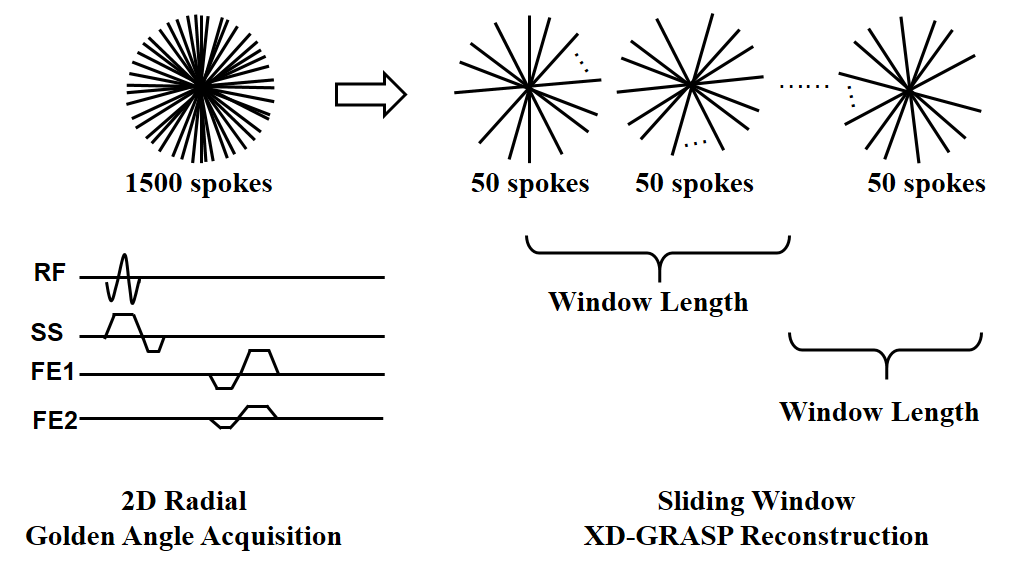Imaging whole-brain cytoarchitecture of mouse with MRI-based
quantitative susceptibility mapping.
Download PDF
Purpose:
The proper microstructural arrangement of complex neural structures is essential
for establishing the functional circuitry of the brain.
We present an MRI method to resolve tissue microstructure and infer brain
cytoarchitecture by mapping the magnetic susceptibility in the brain at high
resolution.
Methods:
In this study, mouse brains (n = 2) were scanned ex vivo at a nominal 10-μm
isotropic resolution using a three-dimensional (3D) GRE sequence at 9.4 T.
We applied STAR-QSM to address current issues of streaking artifacts.
In this dataset, QSM offers a powerful tool to resolve fine detailed magnetic
susceptibility contrast in many structures, e.g.
retina cell layers, olfactory sensory neurons, corpus callosum, putamen axon,
cerebral cortical layers, barrel cortex, hippocampus layers, cerebellum,
striatal neurons, and the brainstem. Using STAR-QSM, we are able to achieve in
susceptibility mapping at a resolution and contrast exceeding traditional MR
images.
Results:
We demonstrate magnetic susceptibility maps at a nominal resolution of 10-μm
isotropic, approaching the average cell size of a mouse brain.
The maps reveal many detailed structures including the retina cell layers,
olfactory sensory neurons, barrel cortex, cortical layers, axonal fibers in
white and gray matter.
Olfactory glomerulus density is calculated and structural connectivity is traced
in the optic nerve, striatal neurons, and brainstem nerves.
The method is robust and can be readily applied on MRI scanners at or above 7 T.
Conclusion:
In this study, we demonstrate the utility of QSM in visualizing the
microstructure of the intact mouse brain at a 10-μm resolution.
QSM at near cellular resolution provides an exquisite delineation of brain
microstructure, which overcomes limitations of current imaging methodologies.
QSM offers a tool to assess the brain cytoarchitecture and the dataset achieved
can serve as a reference for quantitative analysis of mouse brain
microstructure.
Keywords:
Quantitative susceptibility mapping; Cytoarchitecuture; Mouse brain
Authors:
Hongjiang Wei, Luke Xie, Russell Dibb, Wei Li, Kyle Decker, Yuyao Zhang, G.
Allan Johnson, Chunlei Liu *
Back to top












